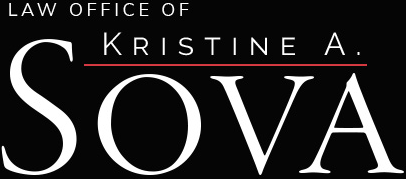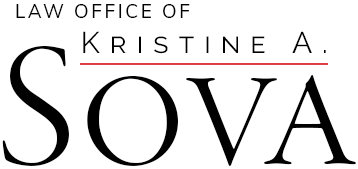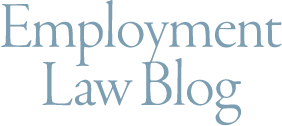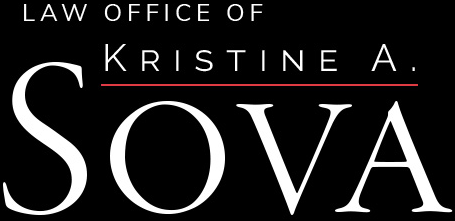It’s a good practice to maintain a general personnel file documenting an employee’s employment history, but did you know that not every document pertaining to an employee belongs in the general personnel file? The better practice is to maintain more than one type of file on an employee, such as a medical file, an I-9 file, a payroll file, a benefits file, investigation files, and legal files, among others, in addition to the general personnel file.
So what can you include in an employee’s general personnel file? The following documents are all appropriate and should be included:
- Employee contact and emergency contact information
- Employment application
- Resume
- Letters of reference
- Offer letter
- Employment contract
- Compensation information
- Signed acknowledgement of receipt of employee handbook or other policies and procedures, as well as any periodic acknowledgements of new or amended handbooks or policies and procedures
- Job description
- Other signed agreements with an employee (such as confidentiality agreements), as well as any new agreements or amendments to existing agreements
- Performance reviews
- Documentation of employee discipline
- Documents reflecting changes in an employee’s contact information
- Documents reflecting changes in an employee’s compensation (including bonuses and raises)
- Documents reflecting changes in an employee’s title or job
- Records of completed training or certifications
- Time and attendance records (if not tracked and maintained separately)
- Documents tracking time-off accrual and usage (if not tracked and maintained separately)
- Letter of resignation, if a voluntary departure
- Notice of termination, if an involuntary termination or layoff
- Documentation of reasons for termination or layoff
- Exit interview notes, if any
- COBRA notices, if applicable
- Notice of the employee’s right to file for unemployment benefits, as well as date of termination of benefits (often required under state law)
As for documents that should be maintained separately from the general personnel file, those include:
- Medical Records – Employee medical records, which include reports from medical examinations required as a condition of employment as well as other medical information gathered in connection with leave requests, certifications of an employee’s fitness for return to work after leave, requests for disability accommodation, and workers’ compensation claims, should be maintained separately because they often contain information protected from disclosure under the anti-discrimination laws (specifically, the Americans with Disabilities Act (ADA) and state and local laws or the Genetic Information Nondiscrimination Act (GINA)). Medical records files should be maintained for each employee. Accompanying leave requests, accommodations requests, and workers’ compensation claims may be maintained with the medical records, or in separate files.
- Form I-9s – The Form I-9, which demonstrates an employee’s right to work in the U.S. under the Immigration Reform and Control Act of 1986 (IRCA) should be maintained separately from an employee’s general personnel file because it makes it easier to collate the forms in the event of an audit. In addition, maintaining these forms separately helps an employer to avoid potential discrimination charges due to the age or national origin information contained on the forms. Form I-9s for all employees can be kept in one file.
- Payroll File – Employers should maintain IRS Form W-4 and other withholding forms, payroll deduction authorization forms, direct deposit authorizations, and wage garnishment information in a separate file. Maintain one file for each employee.
- Benefits File – Employers should also maintain benefits-related documentation separately from the general personnel file. These documents include enrollment forms, coverage waiver forms, flexible spending account forms, retirement forms, beneficiary designation forms, and COBRA paperwork (if applicable). Maintain one file per employee.
- Investigation Files & Legal Files – Documentation of an investigation, such as investigation of a complaint or misconduct, should be maintained separately from a general personnel file. Relevant disciplinary action or counseling may be placed in an employee’s personnel file. Similarly, documents relating to any claim or lawsuit by an employee should also be maintained in a file separate from the general personnel file, as well as from any related underlying investigation file.




